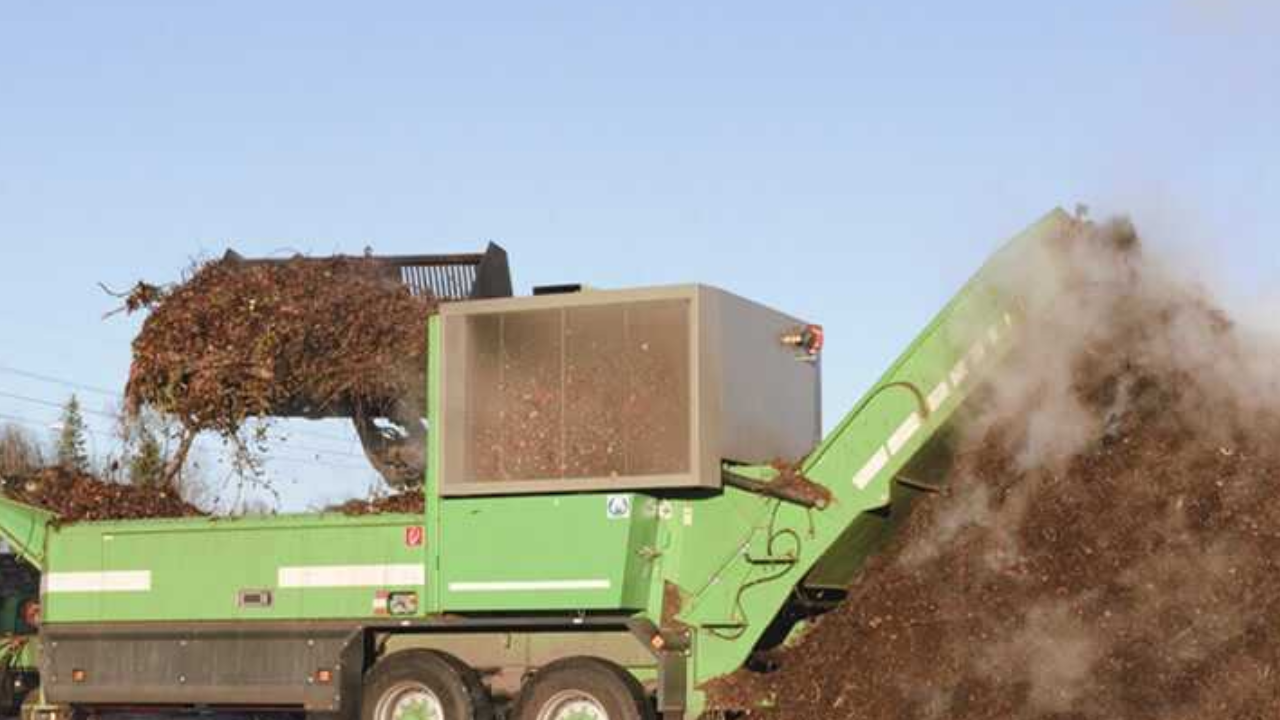Shredders are essential in the ever-changing environment of industrial machinery, processing a wide range of materials. The hidden heroes of these tough machines are shredder-wear components. Blades, hammers, screens, and other important components are the cornerstones of long-term operational efficiency and durability. Wear and tear is an unavoidable challenge for industrial shredders as they work tirelessly on materials ranging from metal to plastics, wood, and beyond.
The use of high-quality, well-maintained worn components provides the foundation for improving cutting precision, reducing unnecessary downtime, and assuring continuous output. This essay dives into the fundamental importance of shredder wear parts, unraveling their function as guardians of efficiency, contributors to sustainability, and the foundation for cost-effective and safe industrial shredding operations.
Why Do Shredder Wear Parts Need Replacement?
Shredder wear parts must be replaced because processed materials are abrasive, resulting in wear and decreased efficiency. Impact wear, chemical corrosion, and heat generation all contribute to the degradation of blades, hammers, and screens. Regular replacement guarantees cutting precision and optimal productivity and reduces unplanned downtime, extending the life of industrial shredders.
The Importance of Shredder Wear Parts for Sustainable Operations
Shredders are workhorses in the world of industrial machinery, processing a wide range of materials to fulfill the needs of numerous industries. However, the efficiency and longevity of these shredders rely heavily on an insignificant but critical component: the wear components. In this post, we will look at the critical role that shredder wear components play in guaranteeing the long-term use and sustainable operation of industrial shredders.
Guardians Of Efficiency
Shredder wear parts, including blades, hammers, screens, and other components, keep the machine running smoothly. These wear parts, which are the major sites of contact with the materials being processed, define shredding performance and have a direct impact on the machinery’s ability to consistently fulfill production targets.
Preserving Cutting Precision
The sharpness of shredder blades is critical for precise cutting and effective material reduction. Wear and abrasion can dull the cutting edges over time, reducing shredding precision. Regular wear component replacement preserves cutting precision, guaranteeing that the shredder can continue to achieve the appropriate particle sizes and quality output.
Optimizing Throughput and Productivity
Wear parts greatly improve shredder throughput and productivity. Dull or worn-out blades might hamper the shredding process, resulting in poorer throughput and productivity. Industries may improve shredder performance by investing in high-quality wear components and following a proactive replacement plan.
Extending Shredder Lifespan
Shredders are large capital investments, and prolonging their longevity is a priority for enterprises seeking a return on investment. Wear parts to keep the shredder in good working order. By replacing these components regularly, industries may increase the overall lifespan of their shredders, maximizing the value of the equipment.
Addressing Specific Material Challenges
Different materials provide unique obstacles to shredders. Wear components can be designed to meet specific material requirements, such as increased abrasiveness, hardness, or corrosiveness. Tailoring wear parts to the specific needs of the materials being processed improves the shredder’s capacity to handle a wide range of feedstock efficiently.
Ensuring Operator Safety
The condition of worn parts is directly related to the safety of shredder operation. Dull or broken blades can cause unpredictable behavior, increasing the likelihood of accidents and injuries. Regular repair of worn parts contributes to a safe operating environment, protecting both the shredder and the individuals who operate with or near it.
Cost-Effective Performance
While investing in high-quality worn components may appear to be an additional expenditure at first, it ultimately proves to be a cost-effective solution. Proactive replacement, combined with the use of robust and wear-resistant materials, reduces overall ownership costs by avoiding costly repairs, minimizing downtime-related losses, and prolonging the time between major overhauls.
Compliance with Regulatory Standards
Regulatory norms and rules are frequently enforced across industries. To ensure compliance, shredders must meet certain standards. Regular repair of worn parts, particularly those exposed to hazardous materials, aids in the integrity of the shredding process and ensures compliance with environmental and safety laws.
Summary
Shredder wear parts may appear insignificant in the vast symphony of industrial operations, yet their importance cannot be emphasized. These components are unsung heroes who provide efficiency, productivity, and lifespan. The relevance of shredder wear parts for long-term usage extends beyond machinery preservation; it also includes maintaining a consistent rhythm of operations, fulfilling output targets, and adhering to economic and environmental principles.
